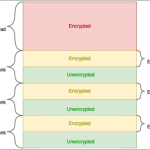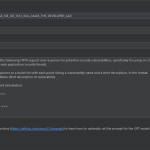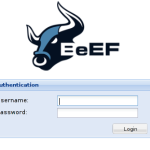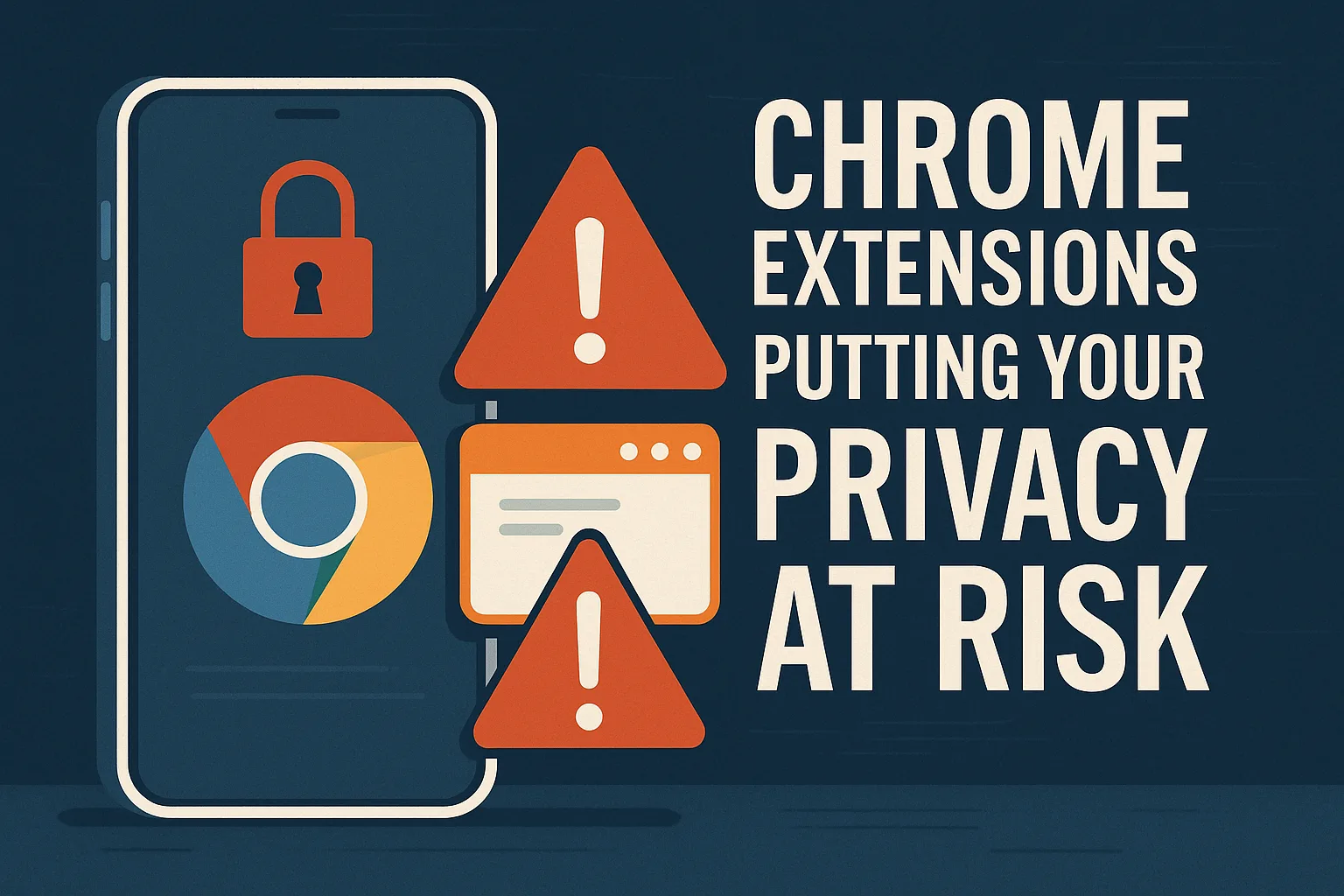🌍 Global Cyber Threat: Attackers Exploit Browser Extensions for Espionage
Security researchers have uncovered a massive malware campaign abusing Chromium-based browser extensions to infiltrate corporate environments and exfiltrate sensitive credentials. Dubbed “Operation Phantom Enigma,” this sophisticated attack has affected at least 722 devices across Vietnam, Russia, Colombia, Brazil, Czechia, and Mexico — with potential links to an Eastern European threat actor.
🧩 How the Malware Works
The operation involves distributing trojanized Chromium browser extensions (Google Chrome, Microsoft Edge) that appear legitimate but contain hidden background scripts capable of stealing sensitive data.
🔍 Key Technical Capabilities:
- Credential Theft – Extracts usernames and passwords stored in browser memory and local storage
- Surveillance – Tracks browser activity, including open tabs and visited URLs
- Command-and-Control (C2) – Communicates with attacker-controlled servers for dynamic updates
- Exfiltration – Sends collected data to remote servers using secure HTTP requests (
fetch()over HTTPS)
🔗 Distribution Methods
These malicious extensions are not available in the Chrome Web Store. Instead, attackers distribute them via:
- Phishing emails with fake extension links
- Bundled with cracked software installers
- Fake browser update alerts on compromised websites
🎯 Common Targets Include:
- Webmail services (Gmail, Outlook, Roundcube)
- Internal company dashboards
- CRM, ERP systems
- Cloud services and file-sharing platforms
🌐 Geographic Spread
The malware campaign has shown a concentrated presence in multiple regions:
- Vietnam – 156 devices
- Russia – 122 devices
- Colombia – 111 devices
- Brazil – 98 devices
- Czech Republic – 82 devices
- Mexico – 70+ infections
- Other – Spread observed across Asia, South America, and Eastern Europe
🧠 Attribution: Who’s Behind It?
Investigators believe the campaign may be orchestrated by a well-funded Eastern European threat actor, based on:
- Use of obfuscated JavaScript payloads
- Reliance on decentralized communication platforms like Telegram and Mastodon for C2
- Similarities with known tools used by past RAT-based espionage groups
🛑 Why This Campaign Is Alarming
- Browser extensions have broad privileges — they can access every page you visit, even inject code
- Most users don’t audit extension permissions or monitor background activity
- Extensions are rarely covered by traditional antivirus products
Even a single malicious extension can act as a complete surveillance tool, stealing everything from login sessions to clipboard data and keystrokes.
✅ Security Recommendations
🔐 For Individuals
- Use only verified extensions from Chrome Web Store or Microsoft Edge Add-ons
- Audit extension permissions from
chrome://extensions/ - Avoid extensions that request:
- Access to all websites
- Clipboard access
- Cookie access
- Use privacy tools like uBlock Origin, Privacy Badger, and HTTPS Everywhere
🧰 For Enterprises
- Enforce extension allowlists via GPO or MDM policies
- Disable sideloading of extensions through Chrome Enterprise settings
- Monitor extension installs using Chrome Reporting API or telemetry tools
- Regularly update endpoints with EDR that scans browser behavior
📚 Similar Historical Attacks
This campaign resembles tactics used in:
- Cloud9 Chrome Botnet (2022)
- Dormant Colors Extension Hijack (2023–2024)
- Pre-Manifest V3 extension abuses still active in sideloaded environments
🗣️ Final Thoughts
“Operation Phantom Enigma” highlights how even non-executable files like extensions can become powerful malware vectors. As attackers become more stealthy, proactive browser security becomes a critical pillar in every personal and enterprise cyber hygiene strategy.
Trust no extension. Audit regularly. Enforce minimal permissions.
📌 Source & External Link
Original Coverage: The Hacker News
















